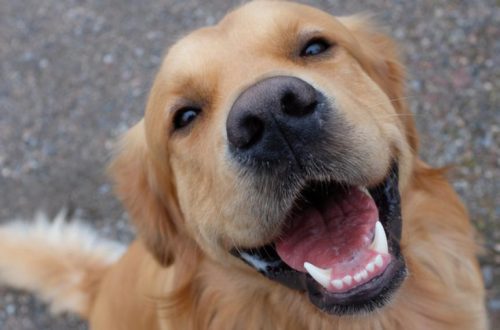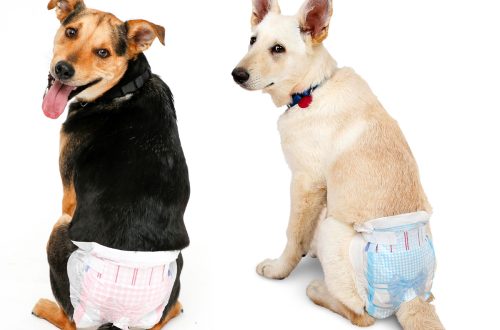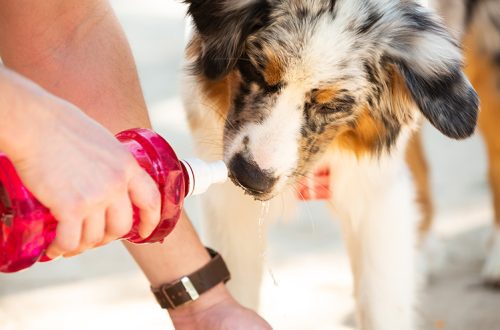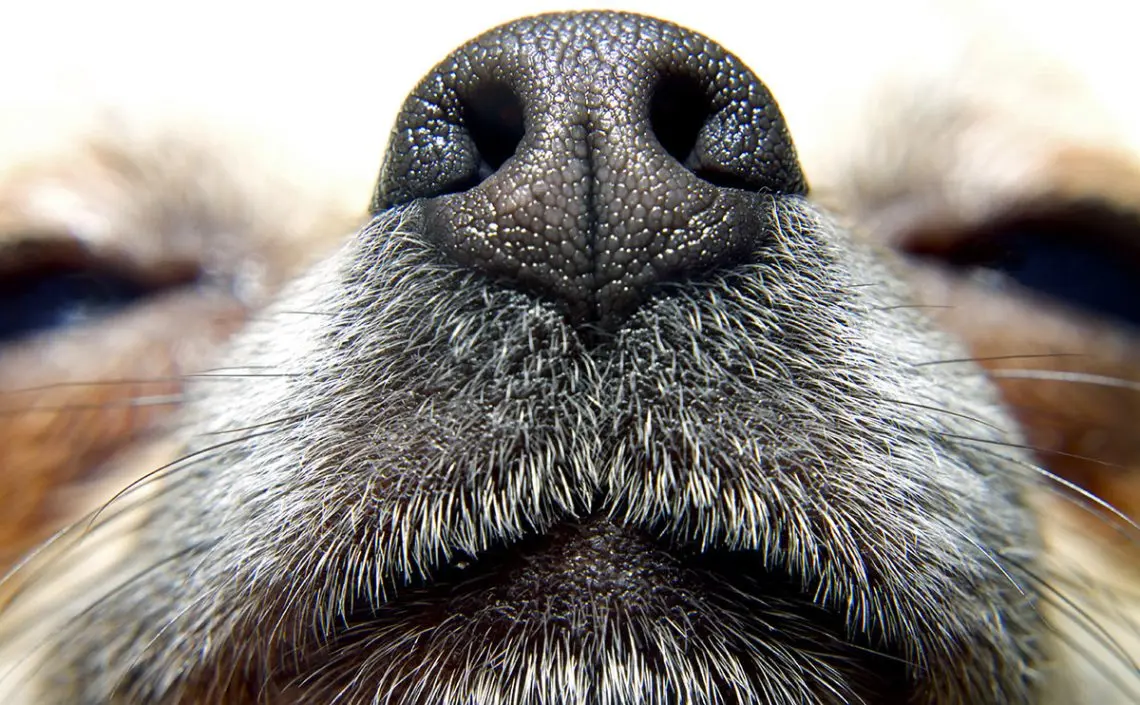
Dog nose: can anything compare to it?
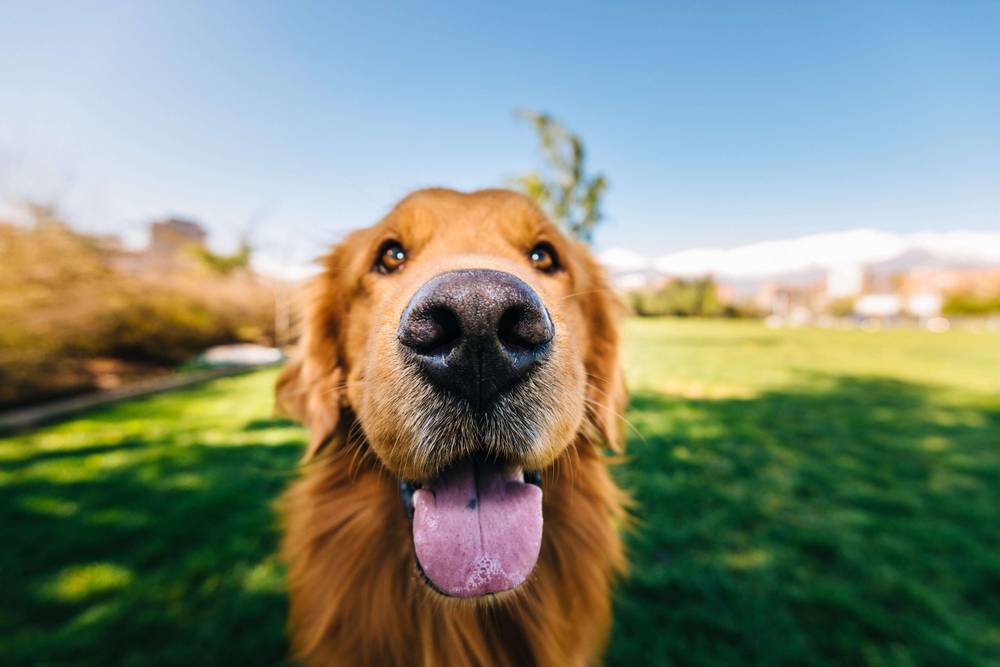
That is why people have long begun to use this ability of dogs for their own purposes:
- Dogs help with arson investigations. Their nose can sniff out about one billionth teaspoon of gasoline – there is still no analogue to this method of detecting traces of arson.
- Dogs help the police and military find drugs, bombs and other explosives.
- They help to find people by smell during search and rescue operations.
- It has recently been found that dogs can be trained to detect certain types of cancer, including ovarian and prostate cancer, melanoma and lung cancer, as well as to detect malaria and Parkinson’s disease. According to a study by Medical Detection Dogs, dogs can be trained to detect the smell of illness, equivalent to a teaspoon of sugar diluted with water in two Olympic swimming pools.
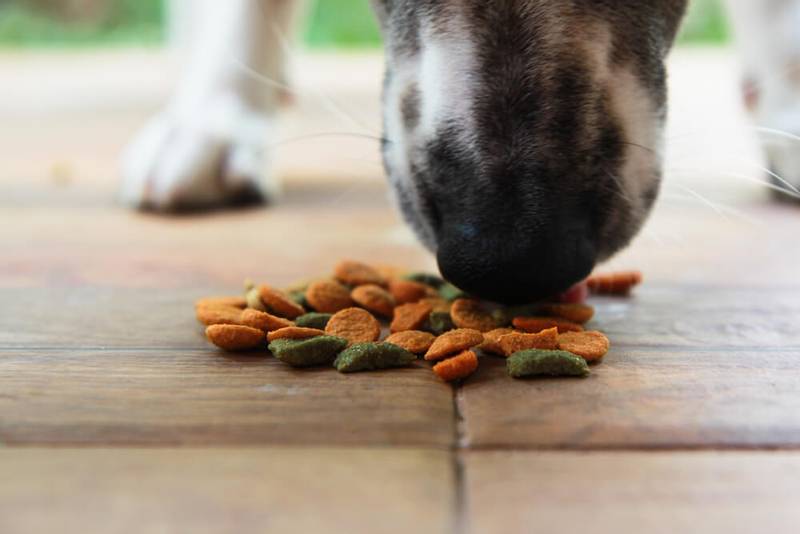
But the problem is that there are not so many dogs trained in all this. And their training is very expensive, so there is a shortage of “dog noses”. Therefore, it is not surprising that scientists want to reproduce this extraordinary canine ability with the help of mechanical, technical or synthetic materials.
Can science create an analogue of a dog’s nose?
At the Massachusetts Institute of Technology, physicist Andreas Mershin, along with his mentor Shuguang Zhang, conducted a series of studies to learn how a dog’s nose works, and then create a robot that can reproduce this process. As a result of various experiments, they managed to create the “Nano-nose” – perhaps this is the first successful attempt to create an artificial sense of smell. But for now, this Nano-Nose is just a detector, like a carbon monoxide detector, for example – it cannot interpret the data it receives.
Startup Aromyx is trying to use artificial sense of smell for commercial purposes. The company wants to put all 400 human olfactory receptors on a chip, unlike Nano-Nose, which only uses about 20 specific receptors, depending on the intended use.
The ultimate goal of all such projects is to create something that will react to smell in the same way as a dog’s nose. And maybe it’s not far off.
But do dogs have the best noses?
In fact, there are several other species of animals that have an excellent sense of smell and are even ahead of dogs in this.
It is believed that the most acute sense of smell in elephants: they found the largest number of genes that determine odors. Elephants can even tell the difference between human tribes in Kenya, according to a 2007 study: one tribe (Masai) hunts and kills elephants, while another tribe (Kamba) does not.
Bears are also superior to dogs. Although their brains are two-thirds smaller than a human, their sense of smell is 2 times better. For example, a polar bear can smell a female from a hundred miles away.
Rats and mice are also known for their sensitive sense of smell. And a great white shark can feel even a single drop of blood from over a mile away.
But it is clear that all these animals, unlike dogs, cannot help a person, which is why it is the dog’s scent that is so valued by people.
7 September 2020
Updated: September 7, 2020



